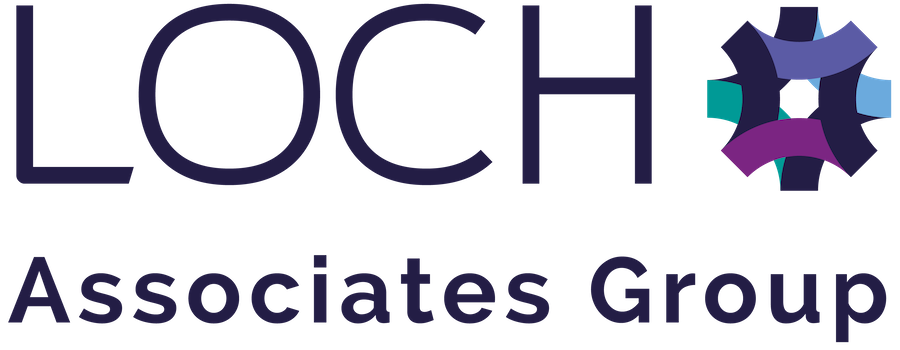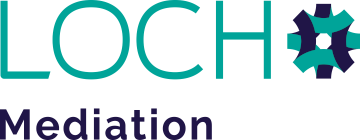The presence of unconscious bias can be a complicated topic in recruitment. At times, it can present itself even if an individual genuinely believes that they’re committed to equality during the recruitment process. Even the most well-intentioned processes could be stopping you from hiring and promoting the best candidates, reducing your talent pool and the diversity of your workplace.
It’s often caused by recruitment decision-makers preferring one candidate over another for reasons unrelated to the job description or person specification, and falling prey to their own preconceptions. An example might be someone skipping over a CV because of the candidate’s name or age, or an interviewer favouring an interviewee because they both went to the same school.
By its nature, unconscious bias in recruitment often occurs without the hiring manager or decision-maker knowing about it – or at the very least, recognising the flaws in their reasoning. As a result, you might conclude that it’s impossible to eliminate or even reduce it.
In reality, the biggest step you can take is acknowledging the potential for unconscious biases. Once you’ve done this, there are several ways to minimise them as part of the recruitment or promotion process:
1. Provide teams with regular training
To remove unconscious bias from recruitment, your team needs to be able to identify it. Training sessions can help to raise awareness of its prevalence, the impact that it can have on a business, and the methods to reduce and remove it from any recruitment process.
As well as being informative, training should be blame-free. After all, unconscious bias is, by its very nature, automatic and involuntary – a product of our environments and upbringings, subconsciously manifesting in our decisions.
2. Perfect the job advert
How you construct your job advert can unintentionally exclude certain groups of people from the recruitment process.
For example, using age-related phrases such as ‘recent graduate’ or ‘mature’ might prevent suitably qualified and experienced individuals from applying, just because they don’t fit the demographic. More directly, there is a danger that your language might be perceived as discriminatory, and be challenged by potential candidates.
The same careful wording is required in relation to gender-neutral language. While words such as ‘waiter’ are often used as if they were gender-neutral, they can be read as gender-coded, and unintentionally exclusionary to female applicants. A simple solution might be to include both ‘waiter’ and ‘waitress’ on the job advert, or simply to describe the role in a different way.
3. Consider name-blind recruitment
Name-blind recruitment is a concept being adopted by many of the world’s biggest and best organisations.
Applicants submit their applications without their names attached, meaning the recruiter or decisionmaker can’t make any preconceived assumptions. Without their names attached, the recruiter can only judge candidates on their qualifications and experience, improving the objectivity with which a suitable candidate is chosen.
But many organisations aren’t stopping with name blindness on applications; they’re also removing any mention of age, gender, or even education to increase fairness. By checking documents manually or using an AI assistant, you can remove any words and phrases from applications that might tap into a recruiter’s unconscious bias.
4. Increase the number of recruitment decisionmakers
When one person is making a recruitment decision, it can be all too easy for unconscious biases to sneak into their conclusions unchallenged. Additional voices in the room might question the reasoning behind any decisions, ensuring that any hiring or promotion is done fairly, based on how a person’s skills and qualifications relate to the job description.
The potential for unconscious bias is reduced further with a more diverse team of decision-makers. The more different demographics and backgrounds are represented in the hiring process, the more biases can be challenged, and the more valuable perspectives can be applied to finding the best candidate.
5. Make your interview questions clear and fair
Without knowing it, your interview questions could reveal information that can subconsciously alter your perception of a candidate. If, for example, you ask when a candidate is thinking of retiring, you might be letting age determine their suitability for the role.
Likewise, if a candidate volunteers information such as when they will be thinking about having children, there is a danger that you and your fellow recruiters could take that fact into account when making your decision to hire or promote.
Instead of questions that can lead to unconscious bias, consider focusing on the job description, the person specification, and any application answers relevant to the role. Doing so will ensure you can assess the suitability of a candidate without being influenced by their background or appearance.
6. Introduce a scoring system
The whole purpose of reducing and removing unconscious bias in recruitment is to make the application and interview process a level playing field. One effective way to achieve that is to introduce a point-scoring system, whereby a person’s suitability for a role is assessed in an entirely objective way.
Before the process, you should agree on how many points certain attributes, qualifications and levels of experience are worth, and during it you should apply the system to all applicants and interviewees. By using predetermined, objective criteria, you can bring greater transparency to the process, and ensure complete fairness prior to the more subjective interview stage.
What are the advantages of removing unconscious bias in recruitment?
By removing unconscious bias in recruitment, you can increase the diversity of your workplace, bringing attendant benefits to your business. This isn’t just about backgrounds and heritage, but a plurality of experiences and knowledge. According to Forbes Magazine, diverse teams are more creative, innovative and productive, making you 35% more likely to experience greater financial returns than your more homogeneous counterparts.
Less diverse workplaces can also be vulnerable to legal action if candidates suspect they haven’t been promoted or hired due to discrimination. Such action inevitably brings reputational damage, further reducing the diversity of potential hires, and potentially impacting your client relationships.
Instead of ignoring the potential unconscious biases in your recruitment, a far better idea is to confront it. Removing names from applications, increasing the number of decision-makers, adopting an objective point-scoring system, and changing your interview questions are all simple first steps that can result in a more innovative, creative, productive and competitive workforce.








